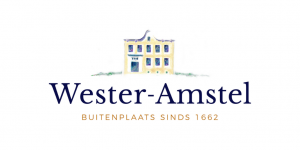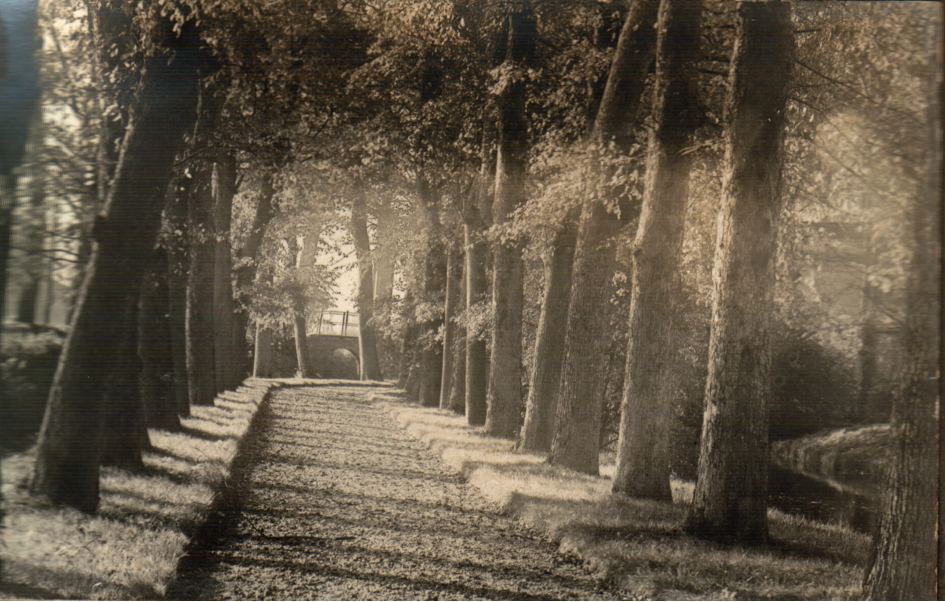
The time has come for the orchard lane to be replaced. It’s a bittersweet moment, as the generation of Movig-Lissone who were there during its last revitalisation are now in their twilight years. When the orchard lane was replaced in 1936, it was because the mighty elms had fallen victim to the first wave of the Dutch elm disease. There was nothing that could be done to save them, so they had to be felled. Horse chestnuts were chosen to replace them. Most of which came from the woodlands in the middle of the park, where they had been planted 30 years prior. It was, in fact, the ideal solution as they were languishing in the woodlands marshy soil. Once they were placed higher up in the orchard lane, they flourished.
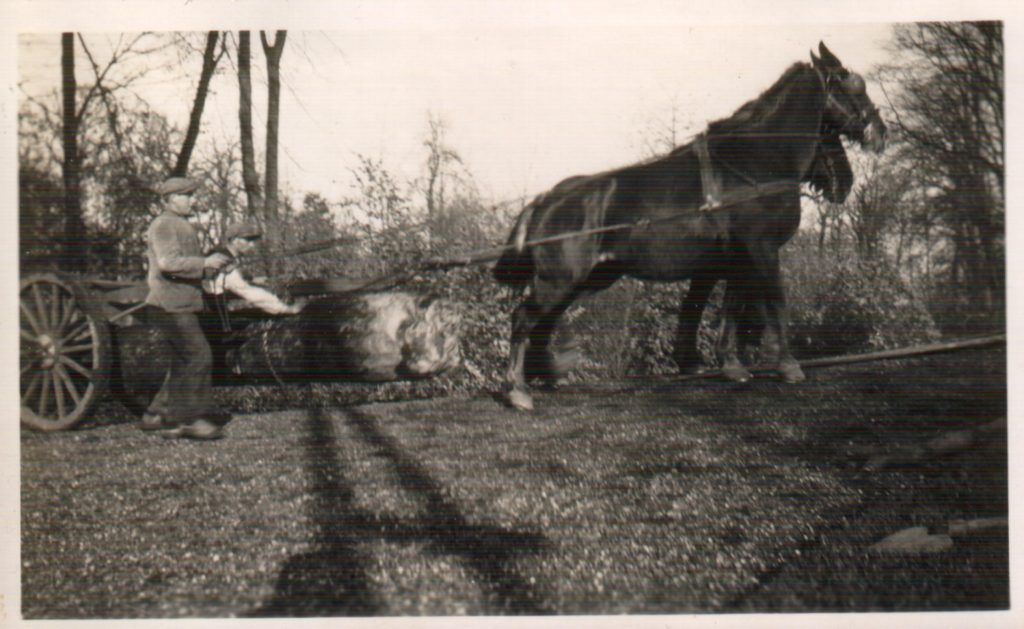


But alas the enemies of Wester-Amstel’s trees come in all shapes and sizes. The chestnuts suffered their first blow with the arrival of horse-chestnut leaf miners at the end of the 1990s. Ever since, the leaves eaten by the leaf miners have turned brown in late August/early September, greatly shortening the tree’s growing season. The next blow was dealt by bleeding chestnut disease in 2002. The bacterial infection caused the bark of our already weakened chestnut trees to die. And in their dying state, honey (white-rot) fungus was quick to follow.
Beginning in 2005, we began culling heavily infested chestnuts. Then in 2018, an arborist survey confirmed our worst fears… The death of most of our chestnut trees was unavoidable. Of the original 56 chestnuts, 45 remained at that time. Of these, 11 required immediate felling. Of the remaining 34, two were rated as "in good health”. For the rest, the expected life span was between five to 10 years. It was clear that the chestnuts could not be saved. So what were we going to do?
Our long-term goal was immediately clear - restoration of the monumental orchard lane. And planting with new, disease resistant elms, was the obvious choice. Of course, we would maintain the tight planting pattern to recreate the experience of this magisterial 'green' cathedral.

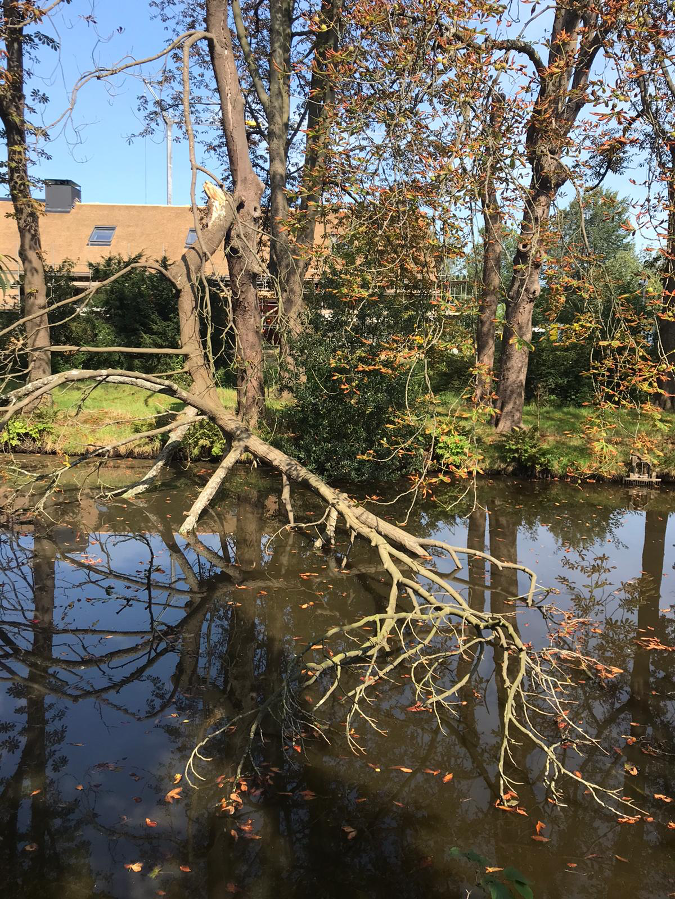
It was, however, not immediately clear as to when we would do this. With the departure of Groengebied Amstelland we had other things on our minds. Perhaps if we just kept plugging along we could make them last for another five years or so? Then last year a short, yet fierce summer storm brought clarity . One of the main branches of a recently pruned chestnut tree broke off. Keeping up the ‘good work’ was tantamount to ‘a never ending battle'. Better to replace the entire lane at once than to muddle along for the next decade.
But between saying and doing stands the increased complexity of Dutch laws and regulations. Replacing the middle lane, in the mid-1980s, was a matter of a phone call to an understanding municipal official. The replacement of the front and south lane in 2007 went smoothly and only involved obtaining a felling permit from a single municipality.
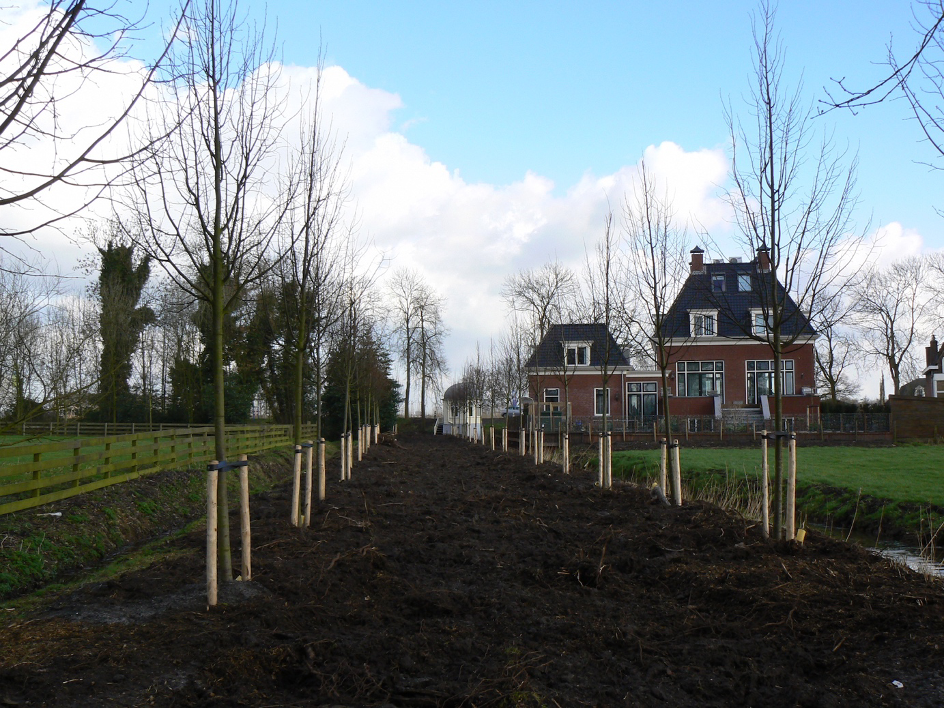
Alas in 2021 we have to deal with a multitude of laws and regulations which include: the Archaeological Monuments Act and the Monuments Act (which merged in 2016 to become the Heritage Act); the Nature Protection Act of 2017; our own local zoning plan; and, Amstelveen's 'valuable trees' regulation.
Obtaining the necessary environmental permits currently involves seven services at the national, provincial and municipal level. The number of people involved, including the required external experts, officially stands at 16. Preparations for an environmental permit have been underway since October 2020. We have high hopes that this will be granted before January 1, 2023. Then - in the quieter winter months - we aim to start on the new orchard lane. But until then, we hope that you and the older Movigs can still enjoy the rustic nature of the old chestnuts... All while musing about 'old trees and the times that have gone by.’
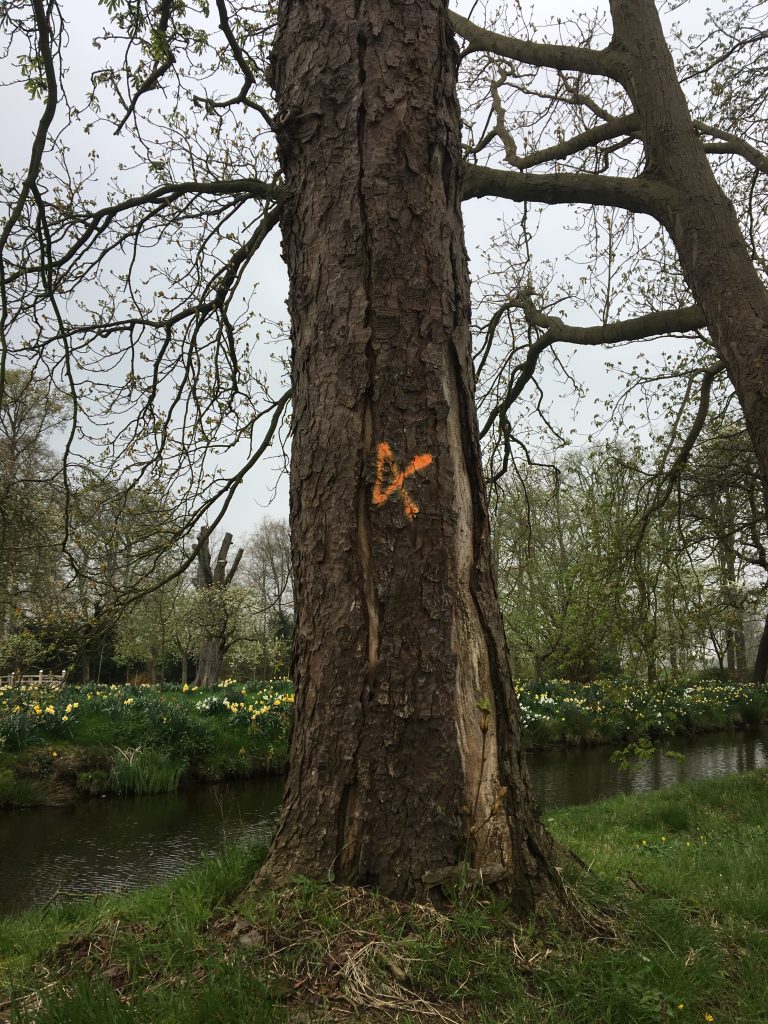
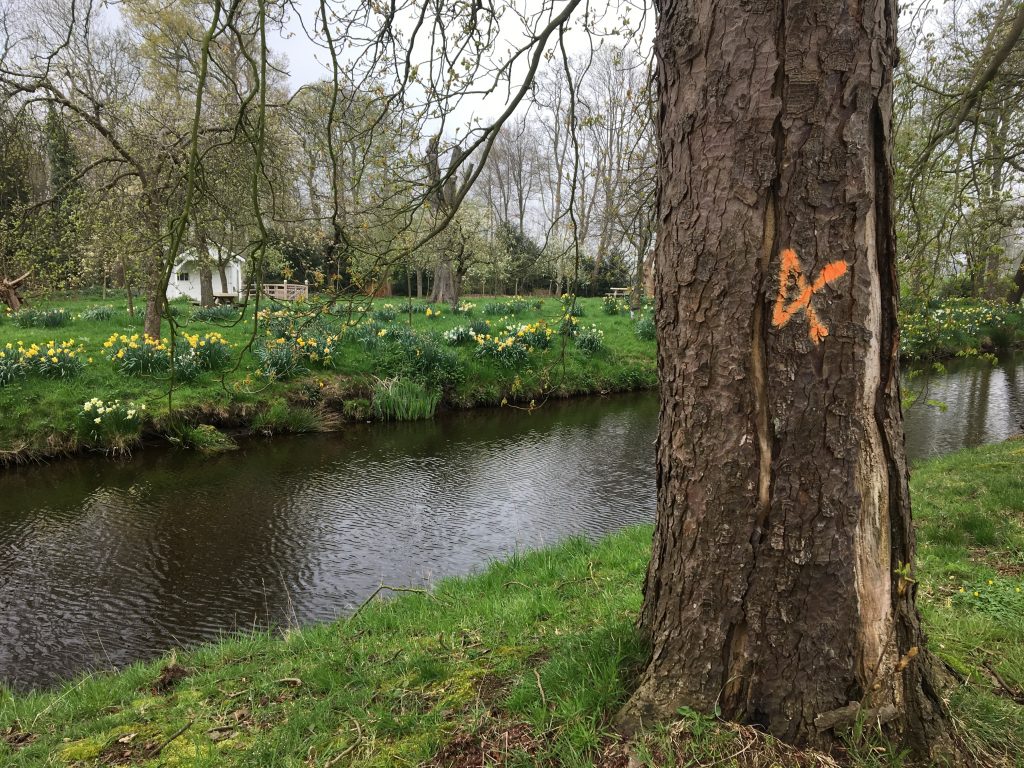
By: Søren Ludvig Movig
